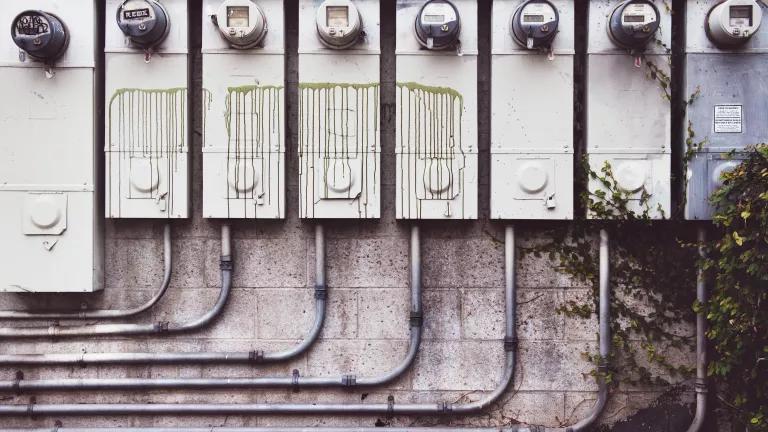Green Banks Are Driving Efficiency in Affordable Housing
Building new affordable housing and preserving the affordability of the existing stock is a significant and growing challenge across the world. A new issue brief, Capacity, Cognizance, Confidence, and Capital: How Green Banks Are Driving Energy Efficiency Improvements in Affordable Housing, explores how green banks are helping meet the global need for safe, healthy, and affordable housing by supporting energy efficiency in housing properties.
The issue brief was published by the Green Bank Network and released at the Sixth Annual Green Bank Congress in Shanghai.
Lowering the cost of utility bills and property maintenance by improving building performance can significantly reduce a building’s total operating expenses. This means owners can limit or avoid rent increases to cover operating costs, preserving the affordability of that property for more residents. Not only that, but efficiency upgrades can increase a property’s market value, improve its financial stability, make it safer and more comfortable for residents, and lower its carbon footprint.
Despite the many potential advantages of investing in efficiency, affordable housing property owners and operators frequently report four major obstacles in pursuing high energy performance in a property.
They are the “four Cs”:
- Capacity, limited staff time to explore and pursue seemingly complex and noncritical projects;
- Cognizance, limited awareness of and familiarity with energy efficiency opportunities, and thus limited comfort managing a project involving them;
- Confidence, limited exposure to information on the various benefits of successful projects; and
- Capital, limited availability of capital reserves or affordable financing options to bring projects to fruition once they are designed.
This is where green banks can make a difference. They can step in and make strategic investments of time and capital to address these obstacles and help efficiency projects come to fruition. Approaches they have used include:
- Providing in-house technical assistance and/or financing for outside technical assistance to help owners navigate the process from assessing opportunities to obtaining funding (including identifying available incentives) to monitoring project performance.
- Facilitating consideration of efficiency upgrades during major financing events by providing funding for energy assessments to be done in conjunction with the capital needs assessments lenders typically require, as well as by providing credit enhancements for “green mortgages” extended by partner institutions (including market-rate lenders).
- Offering financing products that work with properties’ existing debt commitments by reducing the need for existing debtholder consent, including unsecured financing. The market for financing energy efficiency through third-party energy services agreements is nascent but seems most appropriate for large equipment such as CHP.
- Providing bridge financing to help borrowers take advantage of incentives that are not disbursed until a project is completed.
- Providing gap financing for health- and safety-related work that must be completed before efficiency upgrades can be made, to ensure that financing for efficiency is accessible by distressed properties most in need of improvements.
- Including projected savings from efficiency projects (including reductions in utility costs, maintenance expenses, and insurance premiums) in the calculation of a property’s net operating income so that the financial benefits of high energy performance are adequately accounted for, and training other lenders to do the same.
- Collecting and broadly disseminating data on the benefits of high energy performance from completed projects to the affordable housing sector to build market cognizance of and confidence in the opportunity.
- Making the case for alignment of incentives offered by utility and housing authorities with holistic efficiency project time lines so that those incentives can be leveraged to attract private capital instead of used alone.
As market-oriented and mission-driven financial entities with expertise specifically in green investment, green banks are well positioned to help lenders see the value in increasing their exposure to the sector and assist affordable housing owners in taking advantage of the many benefits of high-efficiency building design and operation.
Governments, impact investors, and civil society organizations across the world are looking for ways to ensure the availability of safe, healthy, and affordable housing for all while responsibly using limited public budgets. With this issue brief, they can learn how green banks have strategically invested public funds to enable efficiency projects in affordable housing, reducing the property sector’s carbon footprint and preserving housing affordability one building at a time.


